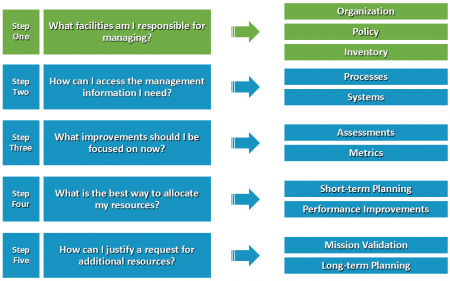Capabilities
Capabilities
Our experts are dedicated to consulting the next layer of mission support activities for federal clients so that they can focus on what matters most.
Explore more
Critical Infrastructure
- Acquisition We offer tailored, streamlined guidance throughout the contract lifecycle to help you navigate the acquisition environment. Learn More
- Facilities Whether your scope entails construction project management, renovation, or planning, we'll guide you through the full project lifecycle. Learn More
- Security Our experts deliver dynamic plans to safeguard your facilities, information, assets, and people, ensuring your continued success. Learn More

